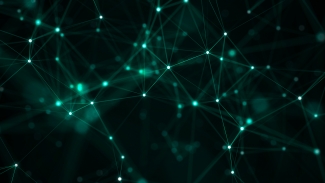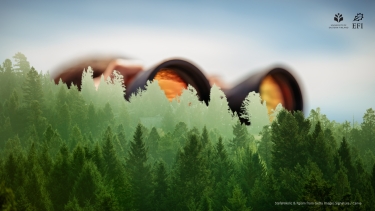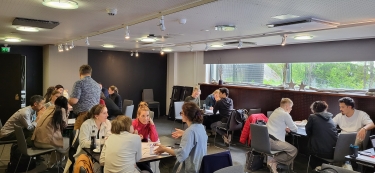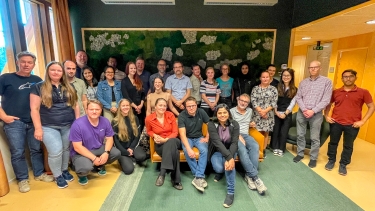Bioeconomy: the missing link to connect the dots in the EU Green Deal

The EU Green Deal is one of the most transformative European political initiatives in recent decades. In the words of the President of the European Commission, Ursula Von Der Leyen, the Green Deal “is a new growth strategy that aims to transform the EU into a fair and prosperous society, with a modern, resource-efficient and competitive economy where there are no net emissions of greenhouse gases in 2050 and where economic growth is decoupled from resource use. It also aims to protect, conserve and enhance the EU’s natural capital, and protect the health and well-being of citizens from environment-related risks and impacts.”
However, such a great vision and ambition can not be delivered without looking at the essence of the economic model we have created, without fundamentally rethinking the way we produce and consume. What is needed is a system change, to dematerialise our economic model and upgrade resource efficiency logic to resource sufficiency, based on the decoupling of economic growth, or better wellbeing, from resource use and environmental impacts. The quantity-oriented, profit-driven economy should be replaced by an economy focusing on delivering people’s needs in a sustainable way. This is not an easy task, and certainly a process which challenges the current balance and distribution of power and interests. But it is a necessary one, if we are serious about the ambitions set. It cannot be articulated through separate policies as currently presented. We have to connect and implement transformative policies holistically to achieve the systemic change that is urgently needed. The bioeconomy, a circular economy based on renewable biological resources and sustainable biobased solutions, could certainly contribute to the Green Deal delivery and would deserve more attention. The bioeconomy can be a catalyst for systemic change to tackle holistically the social, economic and environmental aspects currently not yet addressed coherently.
Read the full blog post by Marc Palahí, Lauri Hetemäki and Janez Potočnik here.
Photo: ©Oleksii - stock.adobe.com


